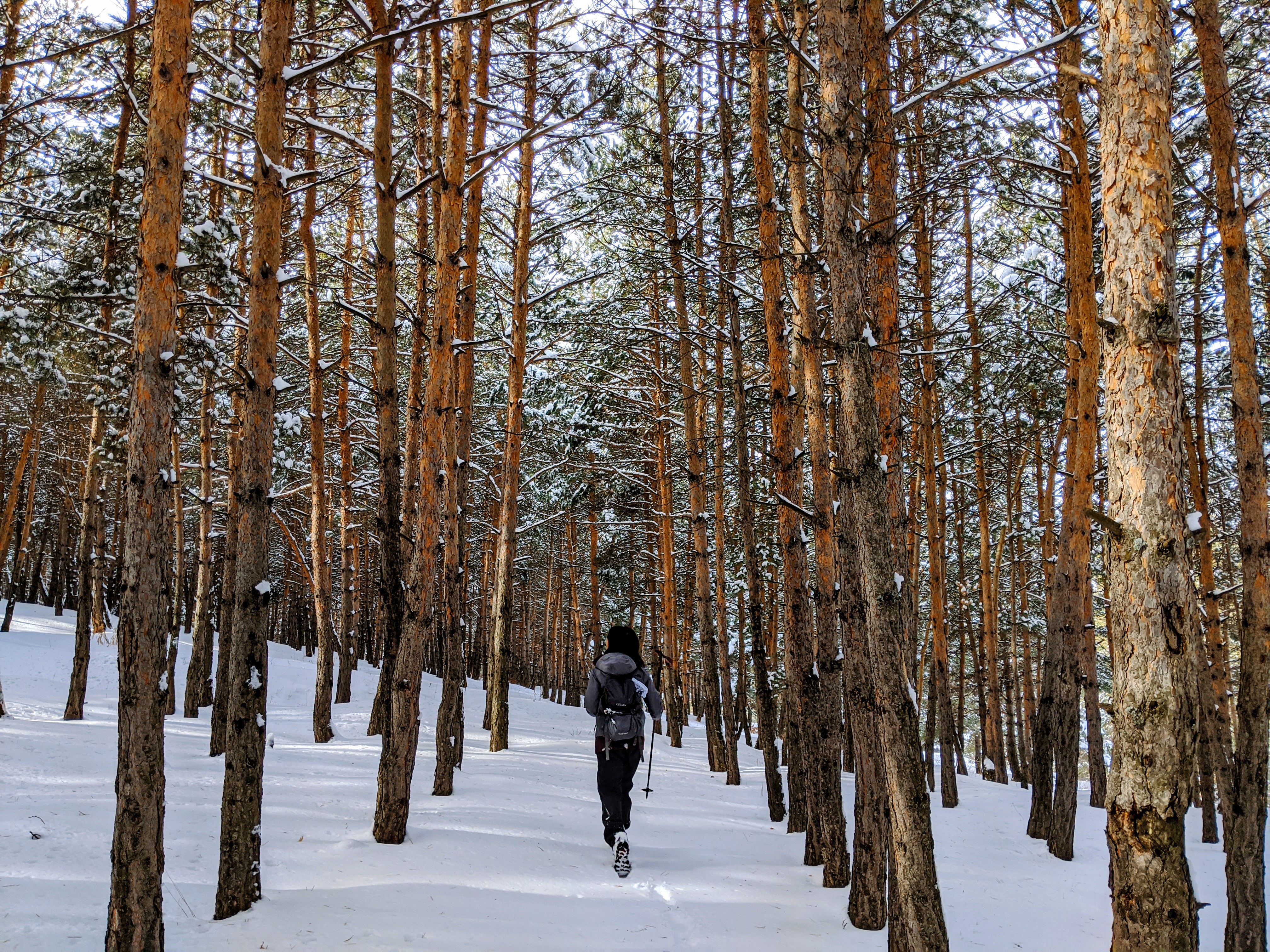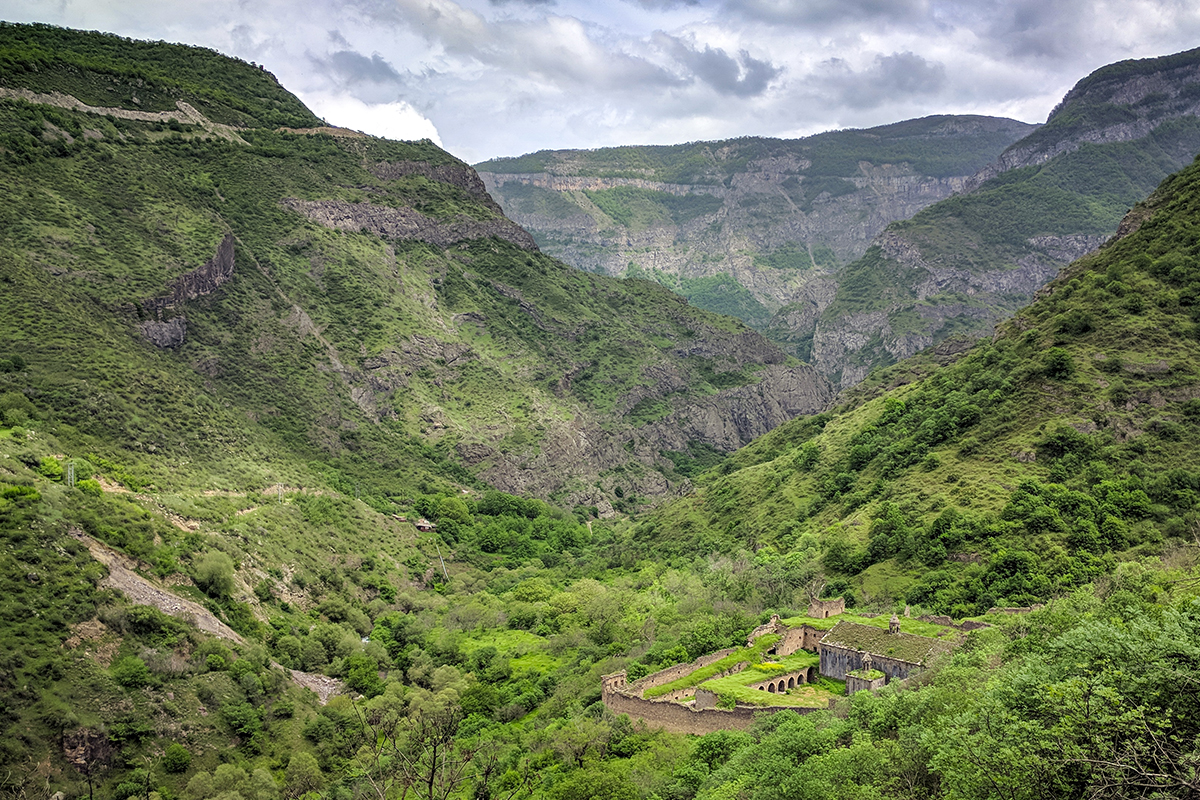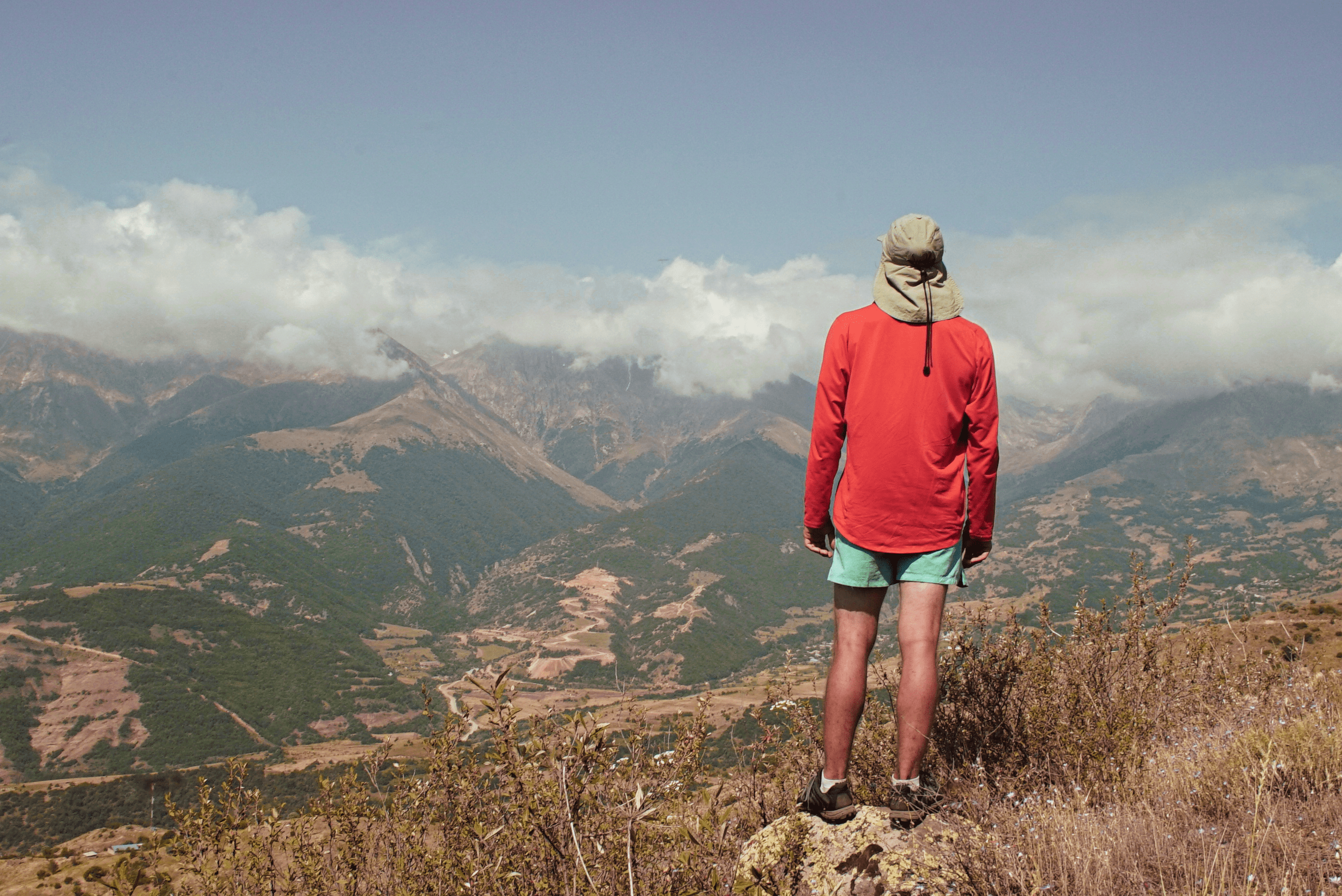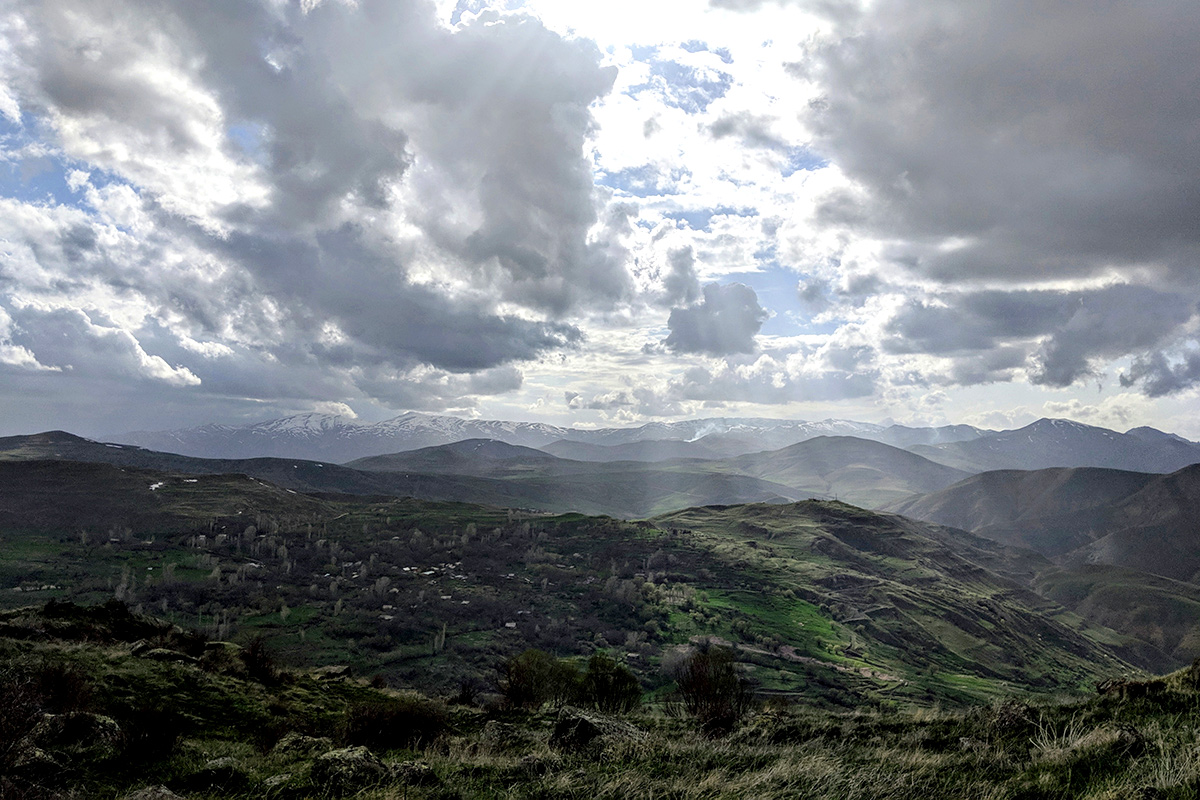Imagine this all-too-familiar scenario. You’ve planned a weekend of hiking with your adventure buddies and everything is going according to plan until you check the weather forecast. At first, the weather looks promising. Yet every day leading up to the weekend swings from showing sun to dark clouds and ominous lightning icons. Should you throw in the towel and cancel your hike? Absolutely not!
We’re here to tell you that unless the weather poses a genuine hazard to your well-being (on the road and on the trail), there’s no need to abandon your plans. Often, the forecast doesn’t give the most accurate updates. This isn’t to say that you should ignore it, but take it with a grain of salt and opt for some just-in-case measures.
Here’s a list of everything you’ll need to guarantee that hiking trip you’ve been looking forward to is enjoyed in a safe and fun way, come rain or shine.
Why Is the Weather in Armenia Unpredictable?
Don’t be surprised if you experience sun, rain, wind, and even snow within one day or a short period of time in Armenia. Weather here is unpredictable due to its diverse topography, elevations, and the landscapes, which lead to different microclimates and cause weather systems to vary greatly. The summer allows for the dry, arid heat from the south to enter, and winter invites in frigid air from the north. All the while, wind and moisture from the Caspian and Black Sea are responsible for changes in humidity and rainfall throughout the country. Simply put, the density of mountains in Armenia interrupt the predictability of weather, which adds an exciting element to hiking in Armenia.
Don’t Rely Solely on Weather Reports
Relying solely on weather reports can be challenging and lead to disappointment and cancelled plans - often times for no reason. Local conditions can differ greatly from forecasts, so don’t cancel your plans just yet. Rather, plan to embrace the unpredictable nature of weather and be prepared for anything.
Clothing Protection
The layering system is your best friend when preparing for any hike, and even more so in inclement weather. Think of yourself like an onion - with much less stink, of course. Just like peeling bad the layers of an onion, adding and removing layers ensures you stay at a comfortable and well-regulated temperature. Trust us, being stuck inside a warm sweater that traps in heat and moisture will guarantee a miserable trip up a mountain as you release sweat, soaking your sweater and making your upper body vulnerable to cool winds.
Base Layer - This is the first layer you should wear. The material should be moisture-wicking, which is just a fancy way of saying it pulls moisture away from your body, dries quickly, and works to transfer that moisture to a layer above itself. Materials like polyester, nylon, merino wool, and regular wool do the trick.
Insulating Layer - The second layer you should wear or pack needs be warm and insulating. This layer will be the one you most will often take off and put back on when the weather is cold. Anything fleece is our favorite material for this layer. It’s lightweight, fluffy, easy to pack down and easily found in most clothing stores.
Jacket/Shell - This layer is referred to as the outer shell. This final layer is meant to be protective from the sun, rain, wind, and natural elements. Ideally, the material will be breathable, making sure that it doesn’t trap in heat/sweat but also serve as a waterproof layer. This can be a bit more challenging to find and more expensive, so it’s best to take into account what you are wearing underneath and what weather conditions you might expect that day. Lighter shell for warm days, thicker shells for rain with light layers underneath and very warm thick shells for the winter.
*Avoid cotton as it holds in moisture and is not quick-drying
Protection from Natural Elements
Rain - In addition to a waterproof shell jacket, pack a poncho or two to protect yourself and your belongings in case of rain. Wear proper hiking boots to avoid slipping and sinking into mud. Wear moisture wicking socks (material like merino wool), to avoid keeping your feet wet if they encounter rain.
Snow - Wear a well-insulated waterproof coat along with a waterproof shell for your legs. In cases where snow is not guaranteed, pack lightweight shell pants that are waterproof. These can be expensive and difficult to find, but it’s worth the purchase when hiking in winter and facing potential snow in the forecast. Additionally, in case of snow, pack gaiters and extra socks.
Wind - The geographic location of Armenia combined with its mountainous landscapes is responsible for wind patterns that are often strong and unpredictable. Pack a hat and scarf in cooler seasons.
Sun - Armenia is located closer to the equator compared to its European neighbors, which results in stronger sun rays and higher UV radiation. Hikers face even stronger sun rays as they reach high altitudes throughout Armenia’s mountains. Even if the weather forecast predicts a cloudy day, UV rays still penetrate through clouds and can lead to sunburn. This is most true when hiking in the snow, where the ground reflects the sun and can easily and unexpectedly lead to sun damage on your skin and in your eyes.
Pack high SPF sunscreen, UV protective sunglasses, head and neck protection.
What to Expect Each Season?
Armenia is graced with four very different seasons, each presenting a unique way to explore its trails. With every transition, a period of uncertainty in weather forecasts is to be expected. To help find ywhich trails are best for each season, use the HIKEArmenia app and website to filter out which hikes are best suited for specific seasons.
Don’t let the weather get in the way of an epic adventure outdoors. We hope this quick guide will help you make the best of out of every hiking trip, rain of shine!















